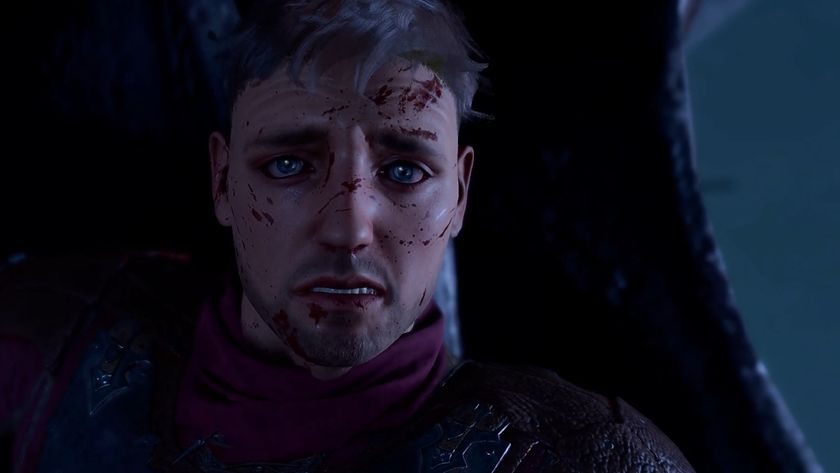Why Little Red Riding Hood is a more authentic horror story than most Resident Evil movies
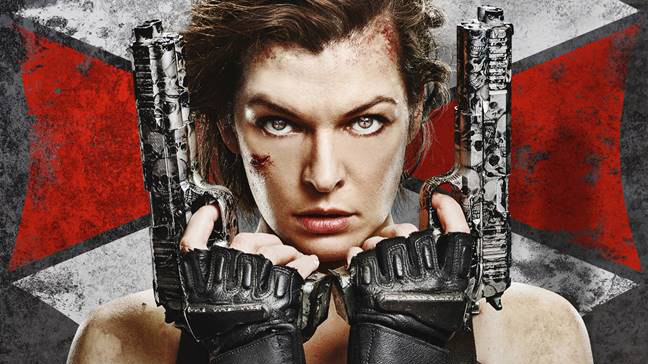
2013 was a great year for horror. We got The Conjuring. We got the gleefully brutal Evil Dead remake. We got the slippery, seductively insidious charms of Stoker, and the surprisingly good, refreshingly straight-laced Child’s Play sequel, Curse of Chucky. And Mama. And Oculus. Bloody hell, Oculus is good.
But you know the great, 2013 horror film that no-one ever talks about? Sandra-Bullock-being-bothered-by-space drama Gravity.

The reason is that not a lot of people seem to consider it a horror film, instead tending to label it a sci-fi adventure or space-based action thriller. But it’s a horror film through and through, I promise. I’ll circle back to exactly why a little later, but the bigger point is that Gravity’s mis-labelling rather strikes to the core of an issue that, as a life-long horror fan, I’ve pondered for years. Namely, what actually defines a horror story as exactly that, rather than something else? Where exactly is the line?
I know it when I see it. After a childhood built on a foundation of corpses strewn by knife-fingered dream tinkerers and marauding Shatner masks, I know it instinctively. But, like all things in life that are Just Bloody Obvious – like The Rock’s innate charisma, or the brilliance of this GIF – I’ve long accepted it on face value but rarely analysed the logistical ins and outs.
But last night, I watched Green Room, and it got me thinking. Green Room is a great little horror film. It’s tense, and brilliantly paced, and genuinely unsettling, and has infrequent bursts of genuinely arresting gore. But the interesting point is that, on paper, it’s not horror at all. It has no supernatural element, it’s set within a resolutely real-world scenario – a small-time punk band books a gig at an unknown venue, and runs into a very bad crowd - and depicts a series of events that, although fairly extreme, are entirely plausible. So how is it a horror film rather than a violent thriller or gory action movie? Why is it a horror film, when the likes of, say, No Country for Old Men and Ichi the Killer aren’t?

Really, it all comes down to a matter not of content, but of conceit. Horror and Not-horror are not simply defined by the superficial traits of blood and monsters, but rather subtext, tone, intent, and relationships. While all stories have power and purpose - be that as the social barometer of any given era, as metaphorical discussion of taboo issues, or ‘simply’ to explore and explain various, universal human virtues and failings - horror has a very particular lineage of function. The modern horror story is the present-day iteration of the fairy tale.
It might seem odd to compare the likes of It Follows and 10 Cloverfield Lane to the collected works of the Brothers Grimm, but if you acknowledge a few steps of evolution between the two eras, and cut the polite, latter-day Disneyfication in favour of the harrowing brutalities and metaphorically masked subject matter of those original European folk tales – let’s face it, there is a predator in Little Red Riding Hood, but it isn’t really a wolf – then it all becomes very clear. Those old fairy stories are extreme cautionary tales, using fantastical excesses to warn of very real dangers – both external and within the self – to create something that is part morality play, part shock treatment, part thrill ride.
Sign up for the Total Film Newsletter
Bringing all the latest movie news, features, and reviews to your inbox
With that in mind, it’s not a big jump between Rumpestiltskin’s warning against disingenuous boasting, or Little Suck-a-Thumb’s behavioural correction via scissor-wielding loon, and the shower-based punishment of Psycho. From there, the bloody deaths of promiscuous, boozing teens on Elm Street and Crystal Lake aren’t far away, and then neither is the modern mutilation of wayward youth in Hostel and Livide. And here, looking at this long-term context, the very particular DNA that defines horror starts to become clear. There are certain tropes and conventions that run right through from 18th century, rural German fantasy to Saw 27. The bodies of these stories may change, but the soul and intent remains the same.
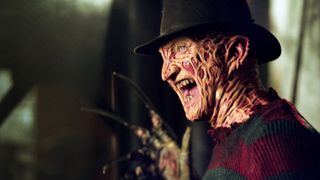
And so, horror has a very specific framework. From Hansel and Gretel to Alien, there’s an inherent sense of ‘otherness’, the understanding that a horror story’s threat needs to embody something above and beyond normal comprehension. These are stories that abstract human hopes and fears into tangible, extreme examples, in order to test their protagonists’ ability to grow and overcome. These threats don’t always have to be so obviously monstrous though. In Green Room, the danger comes in the form of a close-knit, very well organised crew of neo nazis in complete control of an isolated residence. Bog-standard humans in a physiological sense, but so alien to our protagonists in their unswerving world view, and so cabalistic in their behaviour, as to be as separate and unknowable a bunch as the subterranean cannibal ghouls of The Descent.
This alienness is fundamentally important to horror, because a central part of the horror hero’s journey is to self-realise by coming to understand, or at least learn how to best, an enemy far beyond day-to-day human understanding. It’s about pushing the hero to their absolute limits and finding how deep they can dig, under the relentless threat of physical, mental, and emotional ruin. That’s what makes horror stories such potent parables. That’s what makes them affecting beyond the scope of standard-issue narrative conflicts.
But to properly realise this, the alienation needs to go beyond characters, and inform setting too. The protagonist’s disempowerment is usually completed by casting them into a strange, isolated environment, of which they have no knowledge or understanding, and over which they have no immediate influence. This will be your modern analogue for the fairy tale’s archetypal deep, dark forest. The horror protagonist fundamentally has to survive and strive based on nothing but their own wits and the innate (but initially unknown) abilities, strengths and talents they discover along the way.
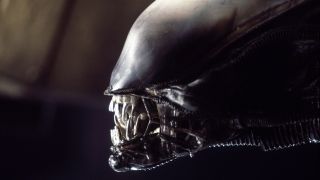
This is what the horror rite of passage is about. Stripping a character down to the absolute bare minimum of themselves and themselves alone, and seeing how they sink or swim. This is also the reason the ‘best’, most well-rounded person tends to survive, while the biggest jerks die the most horrible deaths. Just like the fairy tales that spawned them, horror stories are always watching, always judging. That’s their point. Whatever superficial status or connections you had out in the ‘real’ world don’t matter in horror. All you have is who you are. And in horror’s uncompromising do-or-die world, the repercussions for that will be extreme and non-negotiable.
That’s another important trait, actually. If the protagonist has any way of even slightly talking the antagonist down, then you’re probably not looking at a horror story. The unswerving power imbalance is vital. Horror has to happen outside of the usual conventions of society, literally or abstractly, so if there’s negotiation or support to be had – if you can call the cops, a home-team office, or any other figure of authority, and expect a useful and/or timely response – again, probably not horror. The only authority in a horror story is the source of the horror itself, and it’s the protagonist’s job to usurp, or at least escape, that.
In fact, in a lot of ways, horror parallels the true essence of the western. Another genre too often confused with its – admittedly iconic – visual tropes, it’s a similarly rules-free petri dish in which to explore character and humanity free of societal boundaries. The key difference is that while the western is more a melting pot of attitudes, outlooks, goals, and ideologies, designed to explore a ‘purer’ form of human nature by unshackling it from the wider, more ‘civilised’ world at large, horror is resolutely focused on putting its lead character through a gauntlet of peril. A gauntlet that the societal, wider world just would not allow to happen. But yes, this in mind, Firefly is just as much a western as Unforgiven is. And in the same way, Gravity is just as much of a horror film as Friday the 13th.
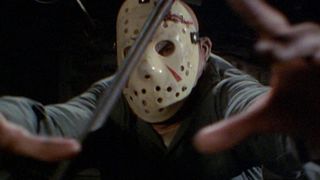
Because let’s loop back to that, shall we? Let’s think about what we have in Gravity, all of the above considered. We have a woman, out of her depth in a potentially deadly environment, far from help or home. We have the brutal and uncompromising removal of safety and immediate assistance. We have a nihilistic, non-negotiable, and utterly unknowable enemy in the cold blankness of space, an alien environment capable of killing on direct contact, and which wreaks an escalating series of physical and emotional traumas, losses and setbacks so profoundly chaotic as to feel consciously cruel.
We have a protagonist with dwindling resources, eking ever close to the end of her physical and emotional tethers, able to rely only on her fraying wits and a series of increasingly desperate Hail Marys, in a flailing bid to stay alive from one minute to the next, let alone return to safety. And we have the subtextual story of how previous trauma and loss put her here, and how survival will define the start of her recovery, if she doesn’t succumb to the increasing temptation to give up and embrace the comfort of oblivion.
Yeah, Gravity is absolutely a horror film.
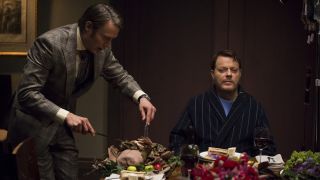
You can test these horror boundaries out across a whole spread of media. Not all traits have to be present and correct in a concrete, explicit way, but if a piece of work exhibits a few, even in an abstracted fashion, then there’s a good chance it will swiftly feel like horror. The brilliant Hannibal TV series, for instance, presents a slightly less traditional version of these tropes amid all its overt gore and multifarious killers-of-the-week.
Disturbed protagonist Will Graham’s ‘unique’ mental state sees him psychologically isolated from ‘normal’ humanity at large. At the same time as dealing with this, he struggles to resist the profoundly alien intellect of a relentlessly single-minded Hannibal Lector who wants to, if not destroy him physically, then kill his moral sense of self and draw him into deep, inescapable darkness. That increasingly tense, increasingly virulent central relationship is the crucible in which the whole show plays out, the psychological replacing the physical, but the traditional horror patterns persisting with immense potency. Conversely, for all of their overt supernatural threat and wider story arcs, the fun, buddy-based monster-hunting action of Supernatural and Sleepy Hollow isn’t really horror at all.
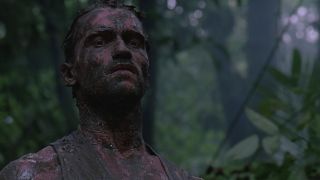
And compare Predator to Predator 2. The first, with its isolated jungle setting and theme of traditionally powerful masculinity rendered useless against a cunning and largely unseen alien is quintessential horror – and it’s no coincidence that Dutch’s eventual defeat of the monster comes not through the easy-out of the gunplay he knows so well, but through witty resourcefulness during an intimate bout of cat-and-mouse stalking. But the sequel, with its urban setting, greater focus on open combat, much wider supporting cast – including a well-informed government SWAT team – and more pro-active, less consistently threatened protagonist, is arguably more of a gory action movie, regardless of the returning villain. Ditto most of the Resident Evil movies, as referenced in this article's title. For all the film series' survival-horror video game origins, they all too often ape the action-driven, Technicolor monster-war of the later games, pre-Resident Evil 7's back-to-basics reboot.
This is what we talk about when we talk about horror. The shape and look of its delivery may change, decade after decade, to better tailor the fear to society’s contemporary complexes and concerns – they have to, in fact, if horror is to maintain the resonant purpose of its centuries-old origins – but behind whatever mask it currently wears, its blade-sharp focus is always the same. It’s not about the look of the villain, but rather the journey of the protagonist’s relationship with it, and by proxy, that of the audience as well. Ironically, knowing horror’s own nature doesn’t necessarily make it any easier to deal with than its pantheon of creatures and killers, but then, if it did, then horror wouldn’t really be horror at all.
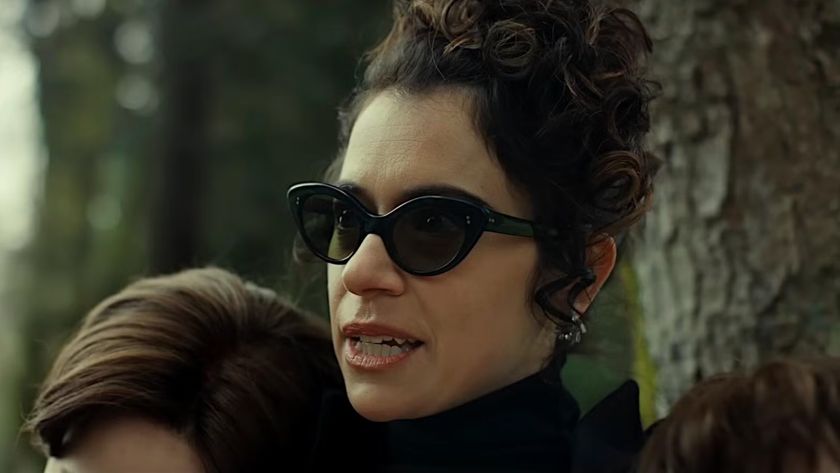
She-Hulk star Tatiana Maslany says her next horror movie with Osgood Perkins won't be anything like The Monkey or Longlegs: "There's always a little mischief"

Parasite director's next live-action film is reportedly a horror action movie set on the subway that he's been thinking about for 24 years
Most Popular






